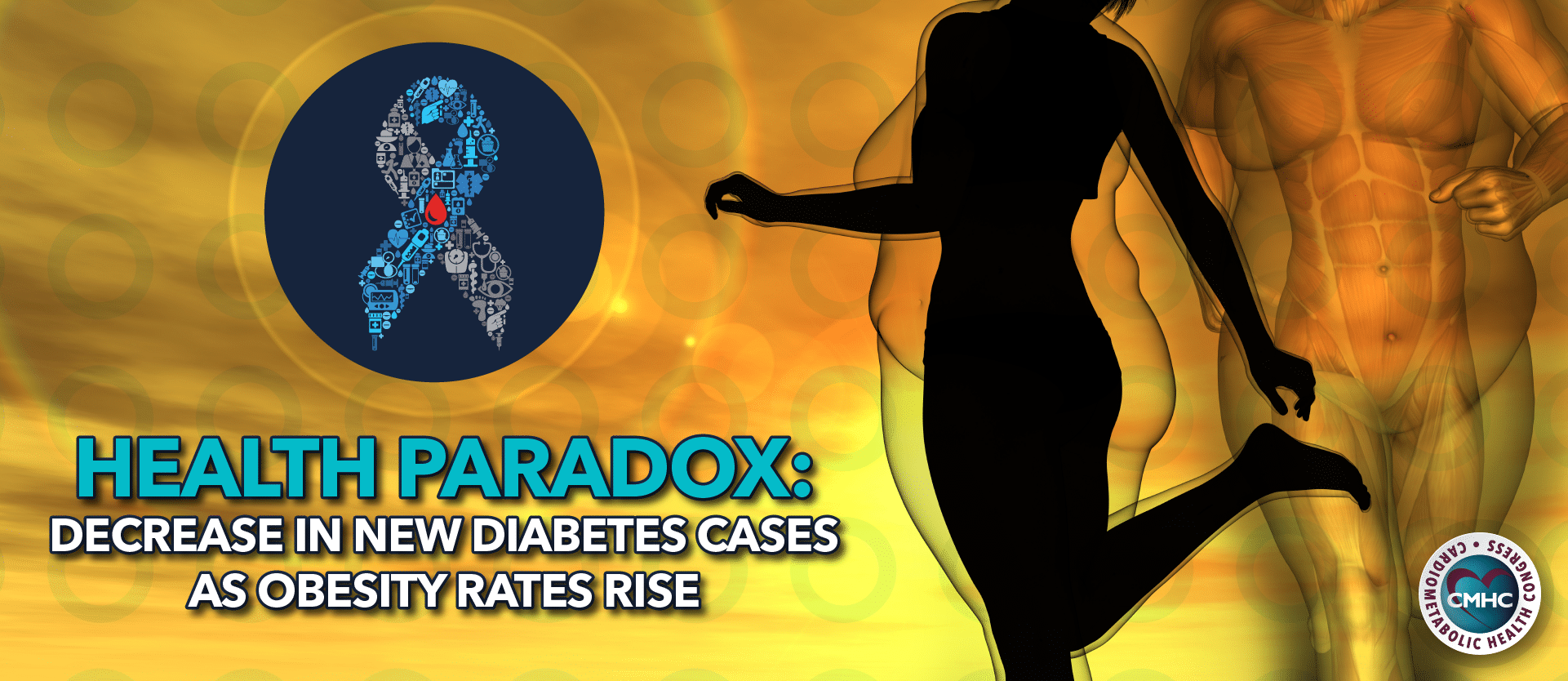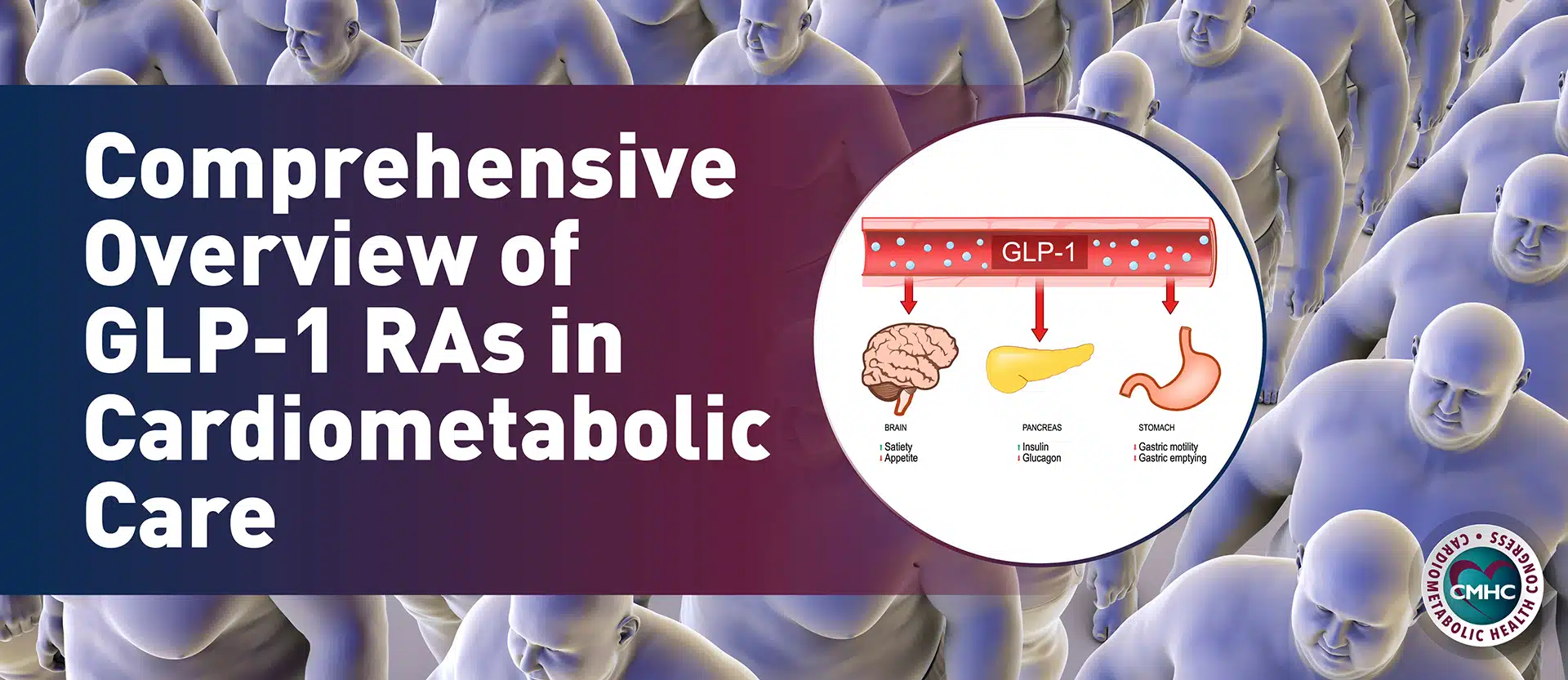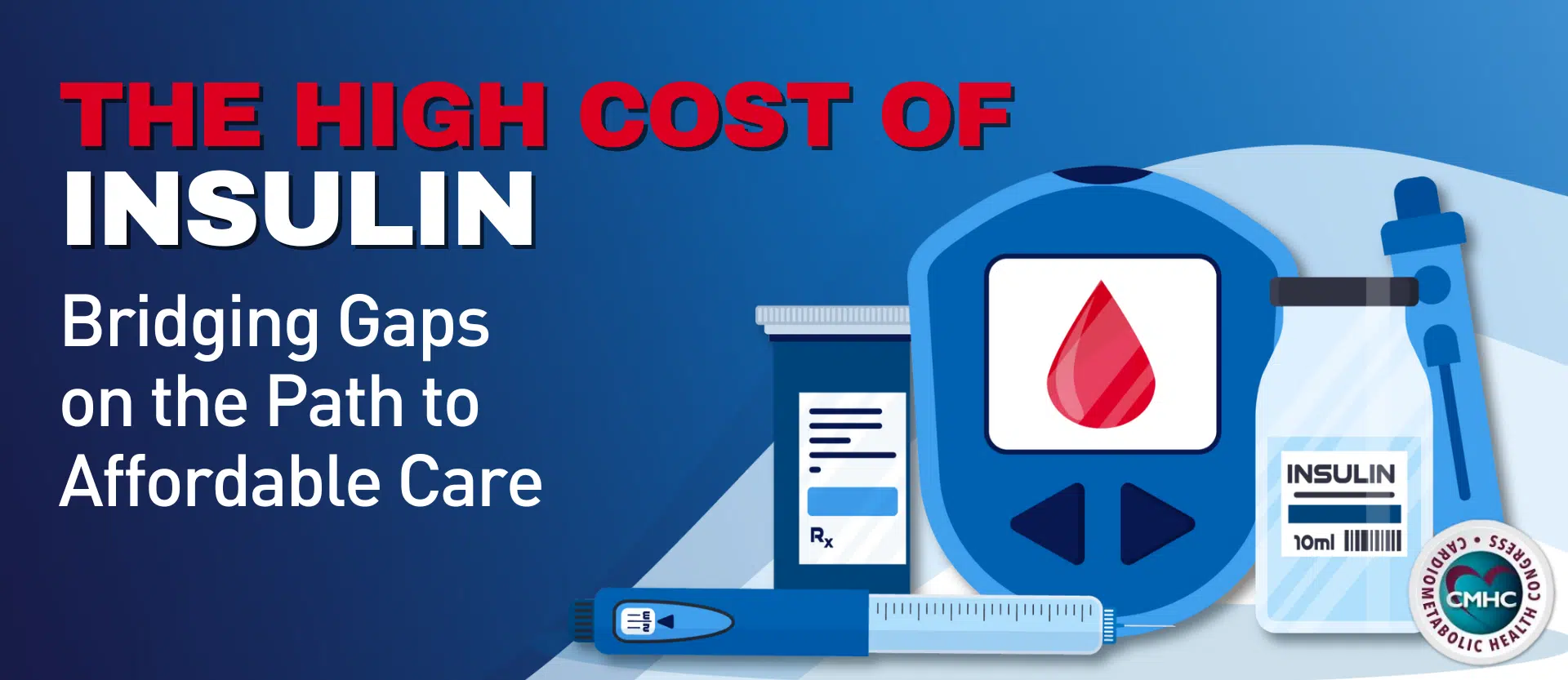The connection between obesity and type 2 diabetes is well known, leading health professionals to believe a rise in incidence of the former would positively correlate with the number of diabetes diagnoses. However, despite climbing obesity rates, the number of new cases of diabetes in U.S. adults continues to decline – a paradox confusing health officials. According to new federal data released in May of this year, 1.3 million new diabetes diagnoses were made in 2017, compared to 1.7 million in 2009.
After a two-decade period of increase in incidence of diagnosed diabetes in the U.S., its prevalence has stabilized and the number of new cases is decreasing. Researchers found the rate of diagnosed cases fell to 6 per 1,000 American adults in 2017, from 9.2 per 1,000 in 2009. The report reveals a 35% drop in new diabetes cases, marking the longest sustained plateau in existing cases and the largest decline in new cases.
Led by Dr. Stephen Benoit of the Centers for Disease Control and Prevention, a team of CDC scientists analyzed cross-sectional survey data for a nearly 40-year-period (1980-2017) from the National Health Interview Survey to investigate trends in prevalence and incidence of diagnosed diabetes. Although the data relied on self-reported behaviors and medical conditions, it allowed researchers to calculate the number of diabetes cases diagnosed over the years and determine changes in trend direction.
Driving the Trend
The causes of the plateau and decline remain unclear, however, health officials believe they may be in part a result of increased intervention and improved prevention strategies. Raised awareness of type 2 diabetes prevention, changes in diagnostic measures and screening practices, as well as improved lifestyle habits are all possible factors contributing to the decreasing incidence.
Upon closer investigation, researchers found that trends in population subgroups suggest the decrease in new diabetes cases predominately stems from a decline in newly diagnosed cases of diabetes in non-Hispanic white adults. Meanwhile, the plateau of existing cases could result from elongated life expectancy confirmed by recent reports of decline in cardiovascular and all-cause mortality in diabetic adults.
Updated Diagnostic Thresholds and Screening Methods
In addition to enhanced prevention methods, changes in the diagnostic threshold for diabetes may also play a role. Parameter requirements were lowered in the late 1990s, which could contribute to the rise in diagnosed causes between 2000 and 2010. New screening practices could have also had an impact as current blood tests have become much easier to conduct. The hemoglobin A1C test was introduced for routine screening in 2010, eliminating the need for patients to fast beforehand or undergo repeated blood drawing.
Another possible cause of the decline in new diabetes cases is the increasing diagnosis of prediabetes – the condition of elevated blood glucose levels which are not high enough to meet the diabetes threshold. Patients with prediabetes diagnoses are encouraged to exercise regularly, eat healthy, and change other lifestyle habits to decrease blood glucose levels. Early intervention may cause a growing number of patients to improve their health before becoming diabetic, resulting in less new diagnosed cases.
Currently, diabetes affects 21 million Americans and estimates remain steady despite the drop in newly diagnosed cases. While the number of diagnosed patients may be on the decline, the economic burden of the disease continues to rise, now totaling nearly $330 billion. Although the trends in prevalence and incidence are promising, the widespread presence of diabetes signifies the sustained overall burden of the condition and urges healthcare professionals to continue proven intervention strategies and monitoring procedures to reduce both diabetes and associated health complications.


















